a stone on a grave
This post is about a 25km walk from Speyer to Ludwigshafen. We visit the Jewish cemetery of Speyer and walk late into the night.
We went to the Jewish cemetery first. Or rather: we went to the part of the Christian cemetery that had been given to the Jewish community in the late 19th century. Before that, they had had their own cemetery, but it had been taken from them. And not just one time.
the stones
The older graves looked like they had seen some shit. Most didn’t stand in a straight line, some were leaning to the side, others seemed to have sustained some damage. It was then that I understood the thing with the stones.
I had seen it before at the Weingut I concentration camp memorial in the Bavarian forest: people had placed little stones on some of the graves, sometimes just one or two, sometimes many.
Jewish tradition didn’t place flowers on graves as a way to commemorate the dead. They used stones for that. I am not exactly sure why, but I read in an article that stones symbolize permanence. The permanence of memory. Whereas flowers die, stones just stay there, hypothetically forever.
I liked that.
1939
The graveyard was mostly populated by old graves from the late 19th and the early 20th centuries. It also had a new section, which meant that there was a contemporary Jewish community here in Speyer, or at least in the region. But of course there was also the time of the so-called “Third Reich” and the Holocaust.
I went looking for graves that were from the 1930s, and I found a few. One was from 1937, when things were seriously starting to get bad for Jewish people in Germany. I was surprised to see the grave of one Helene Meyer who died in 1939, one year after the so-called Kristallnacht, the Night of Broken Glass, when people all over Germany had carried out a large-scale pogrom against their Jewish neighbors.
According to her gravestone, Helene Meyer died when she was around 47. I wondered what happened to her, and when I left I felt sad that I hadn’t put a stone on her grave.
pumpkins and booze
We walked for a long time after this. First we dicked around taking pictures with pumpkins. It was fuckin A. Then we dicked around drinking an Austrian alcoholic drink that we had found for cheap in a supermarket.
It was dark when we arrived in Ludwigshafen, an industrial city of some 170,000 people that sat perched next to a BASF chemical plant on the Rhine. It reminded me of Chinese industrial cities like Shijiazhuang, though of course it was much smaller and much less polluted.
pictures
the walk from Speyer to Ludwigshafen:

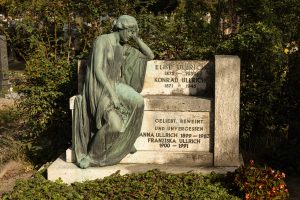
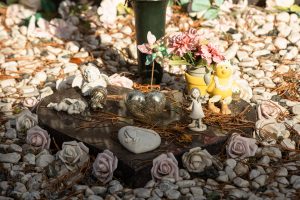
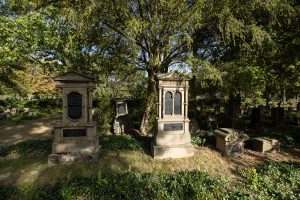
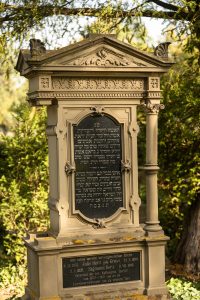
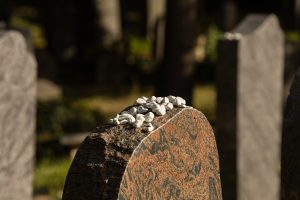
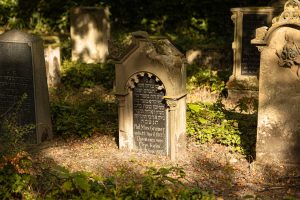

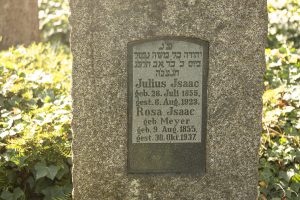
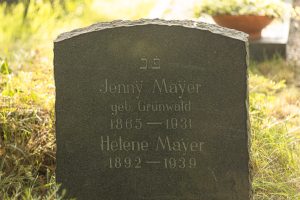
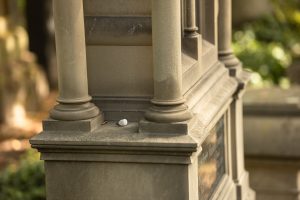
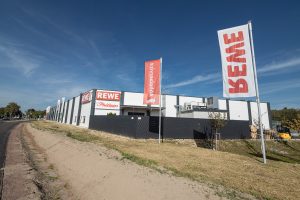
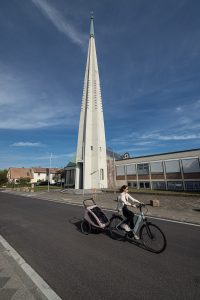
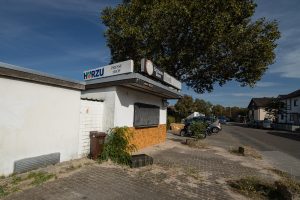

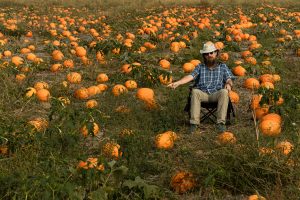
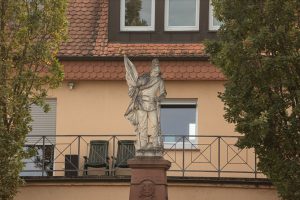
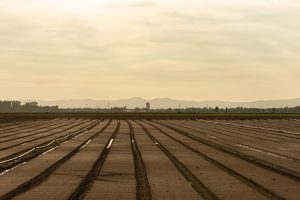
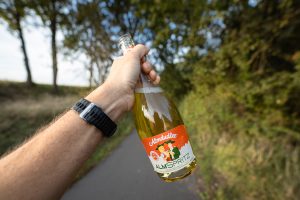
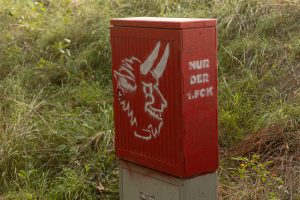
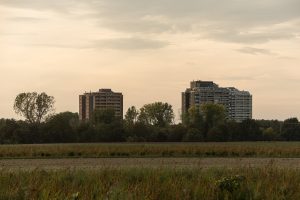
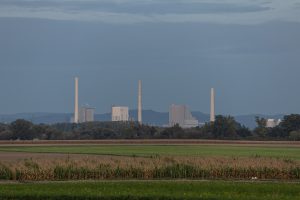
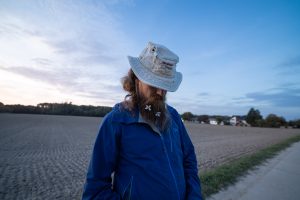
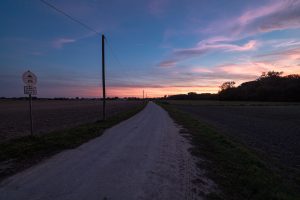
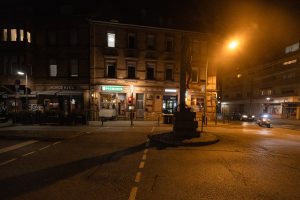
Hilde
Hallo Christoph,
Mit dem 1. FCK sind hier wohl die “Roten Teufel” gemeint, also der 1. FC Kaiserlautern.
Ich wünsche Dir noch eine schöne Rest-Reise, Dein Blog und Deine Videos sind mir lieb gewonnene tägliche Begleiter.
Herzliche Grüße,
Hilde
Christoph Rehage Post author
Ah, natürlich! Danke!